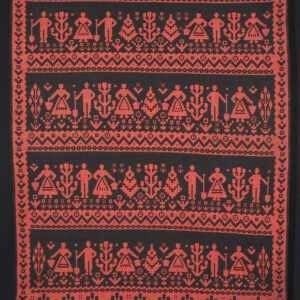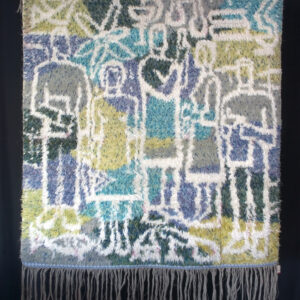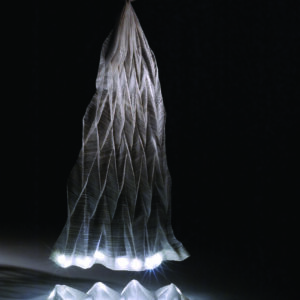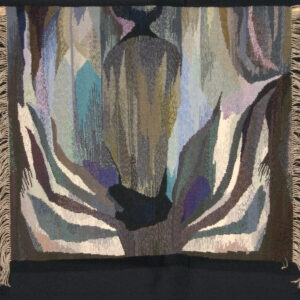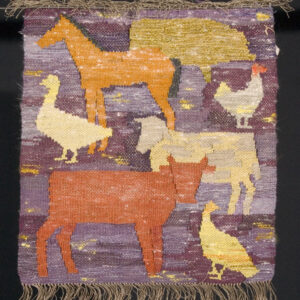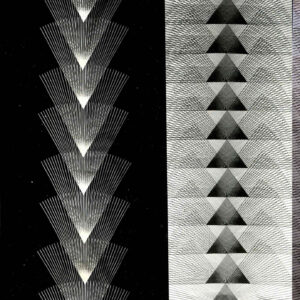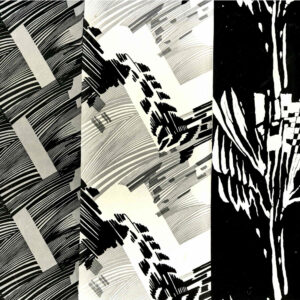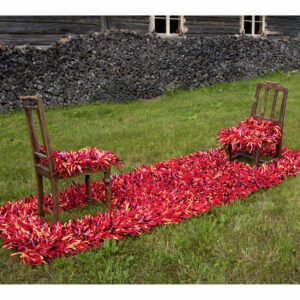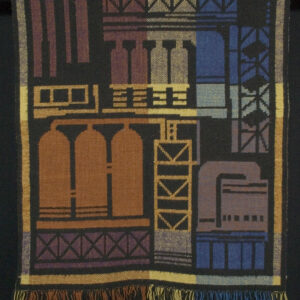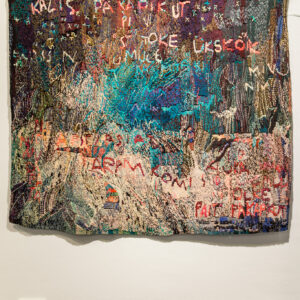History
The Estonian Academy of Arts (EKA) has its direct precursor in the Tallinn Art Industrial School, founded in 1914. The women’s handicraft workshop was one of its first, primarily teaching embroidery. Graduates of the textile department of the State Art Industrial School who have gone down in the history of Estonian textile art include Mari Adamson, Leesi Erm, and Ellen Hansen.
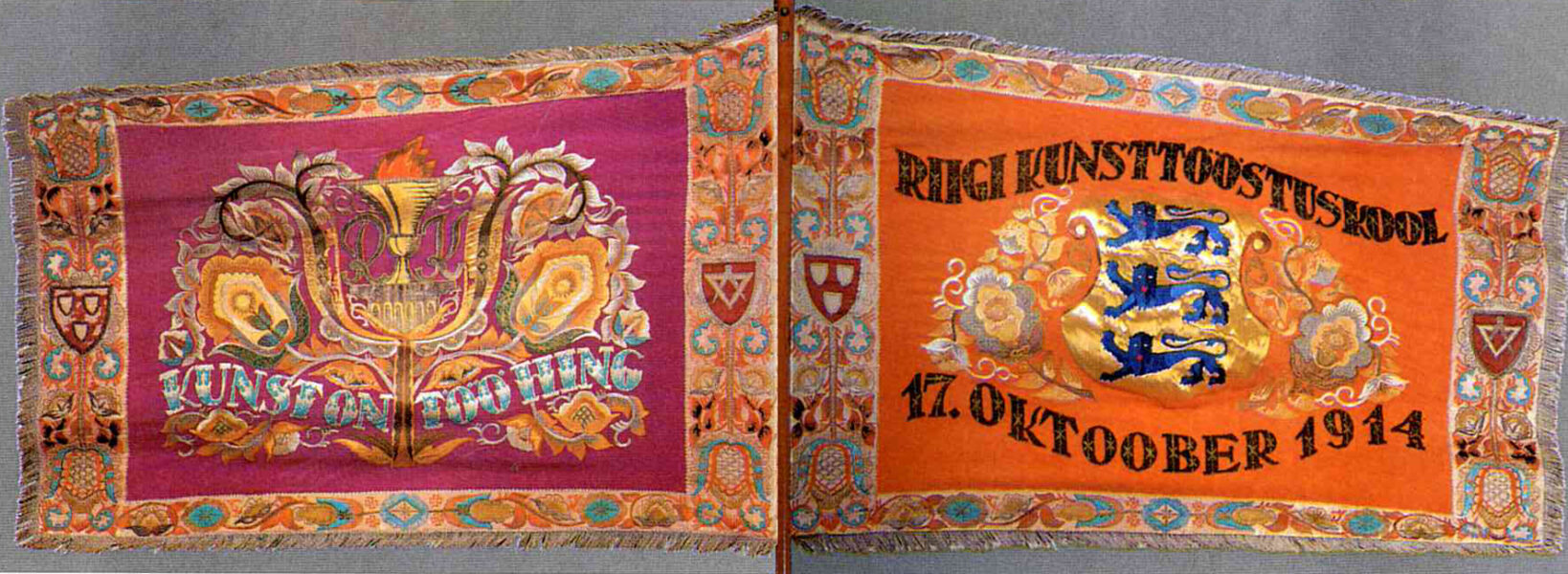
After World War II, systematic training of textile artists with higher education began. Professor Mari Adamson was a prominent figure and textile artist who worked in the department for over 30 years. After studying at the State Art Industrial School, she furthered her education in Tartu, as well as in Paris and elsewhere. At that time, the curriculum lasted six years.
In the 1950s, there was a significant emphasis on ornamental and figurative composition in textile art education. However, cooperation was also established with various companies (Punane Koit, Sindi 1. detsembri tekstiilikombinaat, Pärnu Linasevabrik), where summer industrial internships took place.
During the “thaw” of the 1960s, ERKI began collaborating with universities in other socialist countries. The main focus was on designing functional textiles, with the curriculum primarily including decorative textiles related to interior design, from individual pieces to ensembles. The creative freedom inspired by tapestry techniques was reflected in the diploma topics of future teachers Anu Raud and Maasike Maasik.
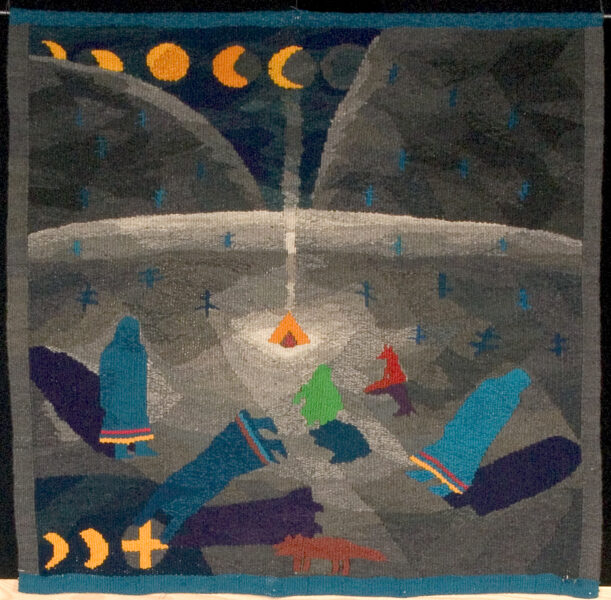
In the 1970s, textile art sought to emphasize monumentality and substantive content, increasingly turning to the stylistic devices of fine art. Instruction in hand printing techniques began. Students organized popular ERKI fashion shows and participated in Kaljo Põllu‘s study expeditions to Finno-Ugric peoples. Anu Raud conducted summer ethnographic internships on the island of Kihnu.
From the mid-1980s, the instructional process became somewhat more creative and liberal, with a greater emphasis on in-depth analysis of coursework.
In the 1990s, cooperation began with the Helsinki University of Art and Design. The first experiments were conducted in specialized computer education and electives, favoring different authorial techniques. The textile department began participating in the Heimtextil trade fair in Frankfurt with collections of interior fabrics. In 1998, the Mari Adamson Prize was established for the best textile student of the year.
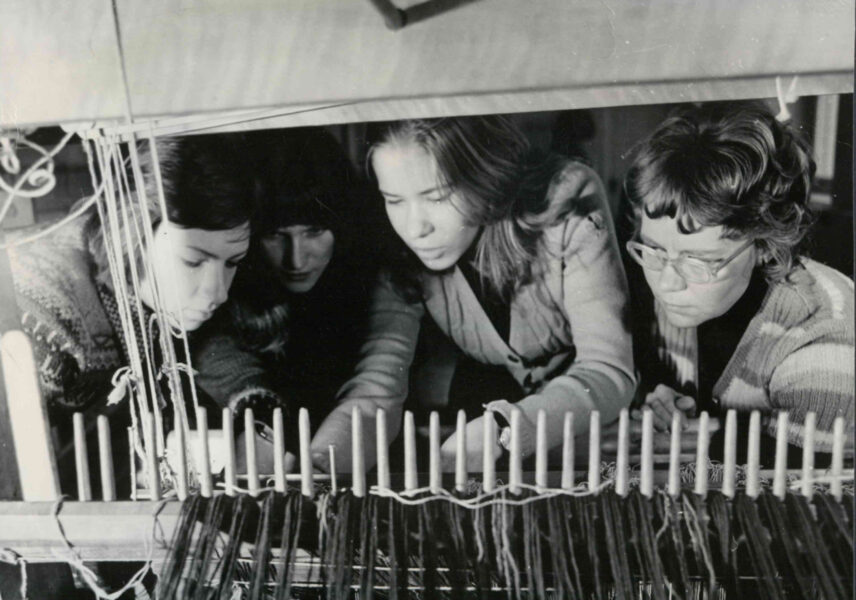
The turn of the millennium brought interdisciplinarity and technological innovations. From 2004 to 2012, all workshop equipment was fully modernized and machines replaced with high-tech equipment such as TC1 digital looms.
From 2004, the curriculum was modernized and focused on deepening design education. Several new areas were added, such as social design and instruction in interactive textiles. Arukate toodete projekt (Smart Products Project) laid the foundation for this under the leadership of Professor Mare Kelpman from 2005 to 2008. Active international communication and collaborative projects began.
Student work has been actively presented. From 1997 to 2016, the department participated in the Heimtextil trade fair in Frankfurt. In 2005, master’s students exhibited at Premiere Vision in Paris, and in 2009 at Salone Satellite in Milan. In 2011, the department participated in the Techtextile trade fair.
Since 2013, the proportion of design education has significantly increased in Estonia, and joint studies in leather accessory and product design specialties began. In the same year, Kärt Ojavee defended the first textile design doctoral thesis in the Estonian Academy of Arts on the topic “Active Smart Interior Textiles: Interactive Soft Displays.”
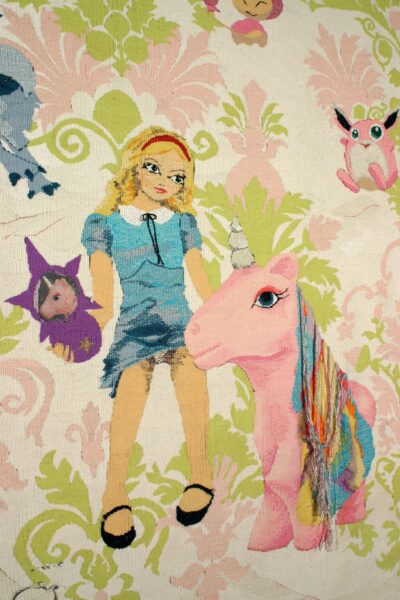
International cooperation developed, and research has began under the leadership of Professor Nithikul Nimkulrati and Associate Professor Kristi Kuuse.
Two key areas were formulated in which textile design education is provided. The direction of textile design – material, and color aims to develop students’ skills and aesthetic sense for designing textiles. This shows the wide range of uses for textiles and contemporary requirements. The second direction future textiles aims to explore the new boundaries of textile design in relation to other fields and new technologies. The role of textiles is also discussed in alternative contexts such as social communication design, material design, etc.
Today, the Textile Design specialty at the Estonian Academy of Arts is one of the three study directions in the BA-level joint curriculum “Fashion, Textile, and Accessory Design“.

